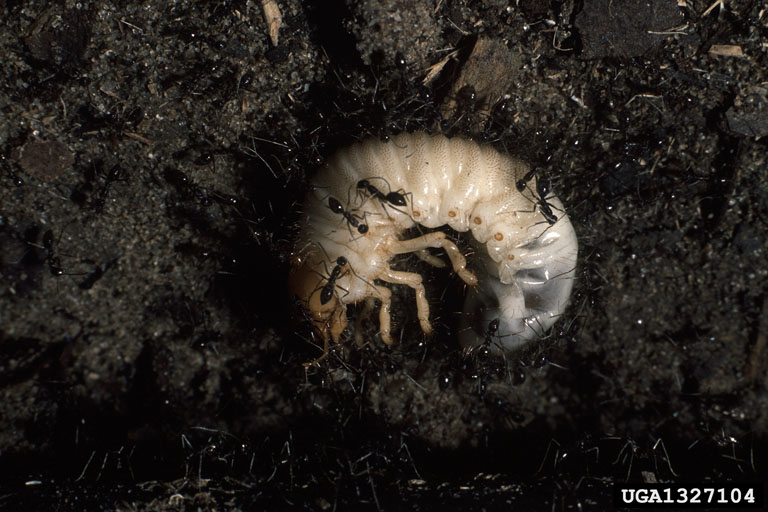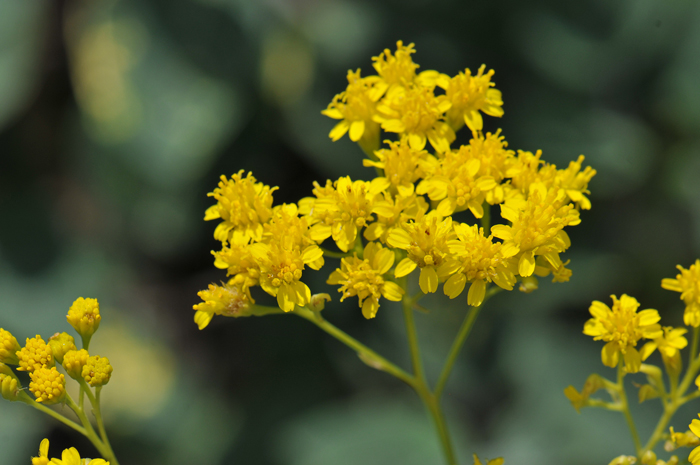I am writing this post on Thanksgiving Day, and I can hear football in another part of the house while I sit here with cat in lap. Here in Georgia, we are still officially in the growing season, although that will end in the next few days since a cold front has pushed through today, ushering in much colder conditions that will result in temperatures in the mid-20s next week. It will be a while before we see snow, though, and in fact we only get it every couple of years in Georgia, so we may not get any snow at all this La Nina year, since La Nina winters are usually warmer and drier than usual in the Southeast. Many of my friends from more northern areas have already experienced killing freezes and even snow so today I want to talk about how snow on the ground affects your gardens.

What does the phrase “blanket of snow” mean?
When you hear the term “blanket of snow”, what does it mean to you? To me it means enough snow to completely cover the ground. Quora says it is a metaphor: “Everything is or was covered with snow thick enough to hide the actual objects and their shapes like a blanket would hide the objects it was covering.” Certainly, a thick enough covering of snow will mask the shapes of objects underneath it, just like the blanket on my bed hides the outlines of my legs. But I also think of a blanket as an insulator that keeps heat trapped underneath it and a blanket of snow can also do that for the ground beneath it. Snow also has weight, an early snowfall landing on autumn leaves can quickly strip a tree of its leaf cover if the snow is heavy enough to release the leaves from their branches. Linda has discussed damage to garden trees and shrubs from snow in a previous post.

When does snow form and fall?
Snow can come from several weather sources. In a previous blog post I discussed lake effect snow, and this week is likely to have some very big lake effect snows downwind of the Great Lakes (up to 5 feet!) because of the combination of very cold air with the record-setting high temperatures the Great Lakes are experiencing this year. Snow can also be caused by upward motion of moist air over elevated land, which becomes snow when it rises above the freezing level and drops precipitation on the mountains. For most people, snow comes when a large area of low pressure brings cold air into contact with warmer moist air at the surface. The dense cold air causes the lighter warmer air to rise over it. The air temperature drops as it goes up leading to bands of snow where the cold air and the moisture meet. If the cold air lags behind the surface low pressure, then it is unlikely to cool off the moist air enough to get snow and you may get a cold rain instead. This is the most likely way most of us will get snow if we don’t live near a large lake or mountain range.
How does snow insulate the ground?
Snow insulates the ground from the cold air above the snow by trapping air within the snow cover. This is not unlike how a down comforter works. The snowflakes fall against each other in random orientations that leave a lot of air between the individual flakes. The trapped air serves as a barrier between the really frigid air that is over the surface of the snow and the soil beneath it. In some cases, the snow is so effective at insulating the soil that the soil temperatures can be above freezing while the air above the snow cover is much colder. This is especially true when the skies overhead are clear because the top of the snow radiates thermal energy up to space very effectively when there is no cloud cover. If the soil stays above freezing, then pests and weeds will continue to live in that soil until a longer freezing spell comes along later in the winter when the ground is less protected by the snow. However, the insulation can protect from the desiccating effects of very cold, dry air on the plants that are waiting under the surface for spring temperatures to bring them back to life. A winter drought in the wheat fields of the Great Plains can lead to severe damage to the winter wheat crop since the lack of insulating snow cover leads to soil temperatures too low to sustain the wheat plants into the next growing season.

The amount of insulation snow cover provides depends on the density of the water in the snow cover. You can think of this as the ratio of snow depth to snow water equivalent, the depth of water that the snow would have if you melted it and measured the water volume that was left. Typically, the ratio of snow depth to water equivalent is roughly a 10 to 1 ratio—in other words, 10 inches of snow is equal to 1 inch of liquid water. But that varies widely depending on the temperature and weather conditions at which the snow occurred. A heavy lake effect snow near 32 F can be a ratio more like 6 to 1 while a really cold Arctic or high-altitude snow can be more like 15 or even 30 to one, resulting in a very fluffy snow that is dry and powdery with the snow crystals barely sticking to each other.
Different shapes of snowflakes affect snow cover density
The difference in the ratio of snow depth to water equivalent is due in part to the different shapes that snow crystals form depending on what the temperature and relative humidity are where they are forming in the atmosphere. The snowflakes that grow in the highest humidity levels and form near freezing are called dendrites. These are the typical snowflakes depicted on Christmas cards and in children’s books, with six-armed patterns that can be very ornate and beautiful. The dendrites usually cause the fluffiest snow covers because the edges of the flakes are rough and catch against each other, resulting in a lot of space between the flakes. Other shapes of snowflakes are denser and are also smoother, resulting in a closer packing of snow crystals that lead to a tighter snow cover. The longer the snow cover sits on the ground, the more dense it becomes as the rough edges of the snowflakes melt and smooth out, resulting in a tighter packing of the snow cover that becomes heavier and harder to shovel.

For gardeners, a blanket of snow can be not only a thing of beauty but a way of protecting your garden plants from the most extreme cold air. It can also be a way of providing moisture that will be needed by the growing plants in spring once the next growing season begins. So if you get snow, enjoy it as it covers your winter garden but also walk and drive safely if you have to go out in it. If you live in an area that does not get snow, enjoy the pictures that others post on social media and think about how a blanket of sparkling ice crystals might look in your garden.
Coming up in December: end of year summary
I plan to post a summary of the 2024 season in my December blog post. There is a lot to talk about this year, not just in the Southeast, and I hope to cover a good bit of it in that article. In the meantime, happy Thanksgiving to those of you in the United States and a happy Christmas and holiday season to all who celebrate it.



















